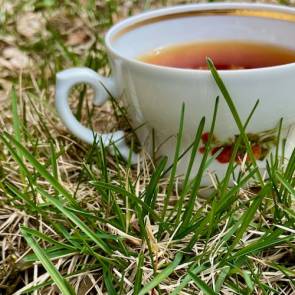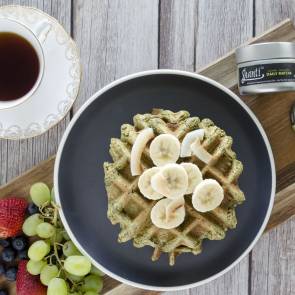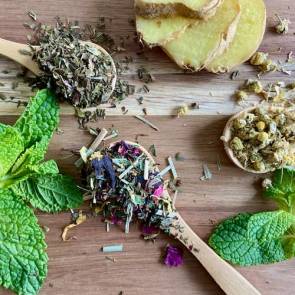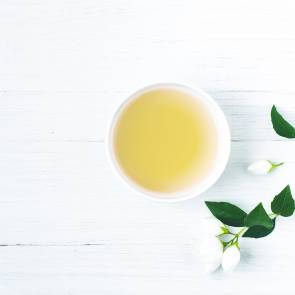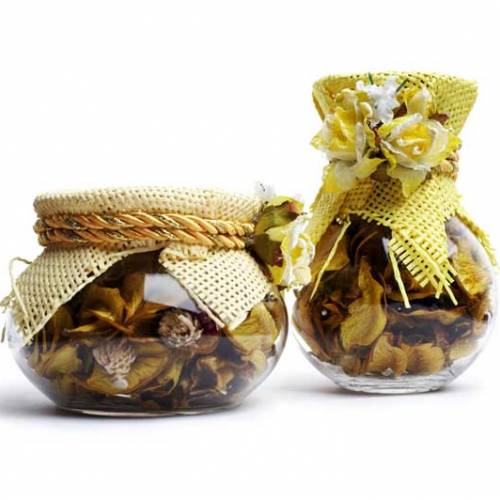
Whether you want to think outside the bag and switch your tea type to loose-leaf, or already have invested and want to keep your flavor fresh—we’ve put together a quick ‘n easy guide for loose-leaf tea storage. Let your leaves be free!Properly stored tea leaves can retain their freshness for several years, often even longer. Improperly stored tea, however, can lose its flavor and aroma very quickly. There are a few key conditions that you need to be aware of in order to keep your loose leaf tea fresh.
First of all, tea will lose its flavor if exposed to sunlight, even in an air-tight glass jar. You will often see tea shops which store their loose leaf tea in glass jars so that their customers can see the tea. Most of these stores, however, serve the customer from another light-proof container in the back, and the glass jars are for display only. If you visit a tea house where they serve you right out of a glass container exposed to light, I would advise you to look for another tea house, because this tea will not have the exquisite taste of premium tea.
Secondly, loose leaf tea must be stored in an air-tight container. The oxidation process that occurs when tea is exposed to the air can destroy the aroma of the tea very quickly. When I say an air-tight container, I do not mean a Ziploc bag, which is not air tight at all. If you want to test whether or not the container you are using is air tight, store a small amount of a very aromatic tea, such as Earl Grey, in the container you are testing, and let it sit for a day. If you can smell the tea by sniffing the container, then it is most definitely not air tight and you should look for an alternate solution.
Thirdly, the tea should be kept in a cool environment. The freshness of the tea leaves are best preserved in a cool environment. For black, green, and white teas, a storage place that is not in direct sunlight or close to kitchen appliances that generate heat should be sufficiently cool to maintain freshness. For herbal teas such as peppermint or chamomile, you may need to store them in your refrigerator.Fourthly, be extremely careful not to bottle or seal your teas in a humid environment. Putting your teas into an air-tight container while standing next to a steaming kettle will seal humid air into the container, possibly leading to condensation and ruining your tea. If you find a tea container with traces of condensation, you must carefully examine the tea leaves for signs of mold. If you are unsure how long the tea has been sitting in this condition, better play it safe, toss it into the compost, and order a new batch. Drinking moldy tea is an extreme health hazard.
If you live in a very humid environment, the best way to store your tea would be in a compostable paper bag with a food grade liner with a tie to close the bag, and consume it within a couple of weeks. It is very difficult to effectively store tea in humid environment for a long time, and it would be best if you purchased smaller quantities of tea and consume it faster, so that extended storage would not be necessary. Putting desiccants into your packaging is very hazardous to your health and should never be seen as a solution to keeping tea leaves dry.
By following these simple steps, you can be assured to always have a fresh, flavorful, and aromatic tea experience.



